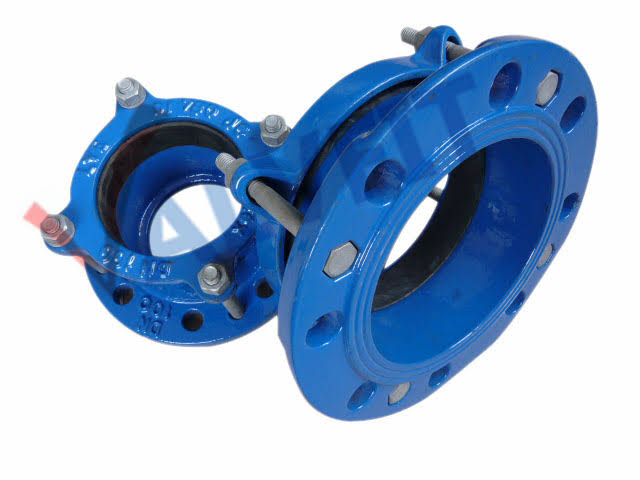You are not alone if you know next to nothing about a flange adaptor. Not many people know what it is or what it looks like – talk less of how it works. Flange adaptor may not be popular, but a lot of people need this device daily. Understanding what a flange adaptor is great since they are part of the machines we use. The purpose of this article is to tell you everything that you need to know about flange adaptors and answer the question ‘What are flange adaptors?’ once and for all.
What is a flange adapter?
A flange adapter is a type of connector used to join two separate pipes or other fittings. It creates a secure and watertight seal between the two components, making it a great choice for plumbing applications. Flange adapters come in many different sizes and materials, and can be used in a variety of industries, including construction, engineering, and automotive. They are easy to install and provide reliable performance over a long period of time.
Types of flange adapters
Flange adapters are mechanical parts used to join two pipes, tubes, or hoses. They come in a variety of types and styles, depending on the specific application. The most common types are:
- Slip-On Flange Adapters: These are used when the flanges are not of the same size or have different faces. This type of adapter has a tapered inner diameter, allowing it to fit over the larger flange and onto the smaller one.
- Threaded Flange Adapters: These are used when the flanges have matching threads. The adapter is typically installed by threading it into the larger flange and tightening it with a wrench.
- Weld Neck Flange Adapters: These are designed for welding applications. They have a larger neck than other types of adapters, which helps ensure a strong weld.
- Reducing Flange Adapters: These adapters reduce the connection from one size to another, making them ideal for connecting different-sized pipes or hoses.
- Blind Flange Adapters: These are designed for capping off the end of a pipe. They come with an internal flange face so that they can be welded securely onto the pipe.
Flange adapters are essential components for creating a secure connection between two pipes, tubes, or hoses. Knowing which type of adapter to use and how to install it correctly will help ensure a reliable, leak-free connection.
Features of a good flange adapter
A good flange adapter should have a strong, reliable connection and be able to withstand pressure, temperature, and chemical changes. It should also be easy to install and remove, making it suitable for various applications. Additionally, the flange adapter should be corrosion-resistant and have a low-friction design, allowing it to perform well even under high-load conditions. Finally, a good flange adapter should provide a secure fit and be compatible with other components in your system.
How to choose the right flange adapter
Choosing the right flange adapter for your project can be daunting, but with the right knowledge and resources, you can easily find the perfect fit. To start, consider the type of application you are using the flange adapter for, as this will help you determine the size, pressure rating, material, and other specifications that need to be taken into account. Additionally, make sure to factor in the compatibility of the adapter with other components of your system, such as valves or piping. Finally, keep in mind the type of environment the adapter will be used in and the expected performance requirements to ensure a safe and successful installation. By taking all of these factors into consideration, you can rest assured that your chosen flange adapter will provide a reliable connection.
Conclusion
In conclusion, flange adaptors are essential for a variety of plumbing and piping systems. They can be used to join pipes of different sizes, materials, and even types, making them a versatile and important component of many projects. When choosing the right flange adaptor, it is important to ensure that you are choosing the correct size and material for your needs. With the right information and selection, you can confidently choose the flange adaptor that will meet your specific requirements.




